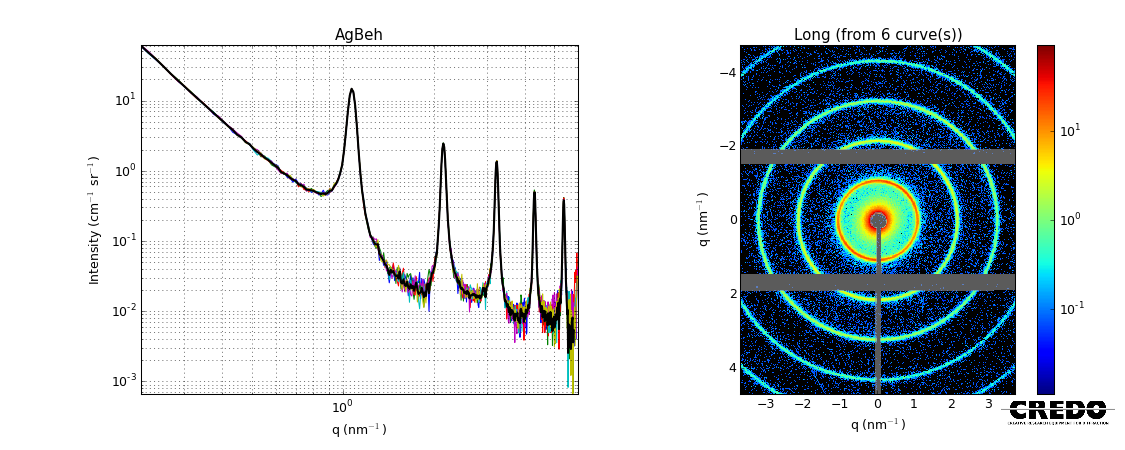Nanoparticles
Small-angle X-ray scattering is a powerful means to study nanoparticles. With its help it is possible to determine their shape or size distribution with higher accuracy than other methods, e.g. from TEM images. The reason for this is that the number of investigated particles is much higher in SAXS (because of the typically 1 mm3 irradiated sample volume) than TEM (only a few hundreds of particles in each image), and the measurement is free from artifacts introduced by sample preparation and measurements inherent in the latter method.


